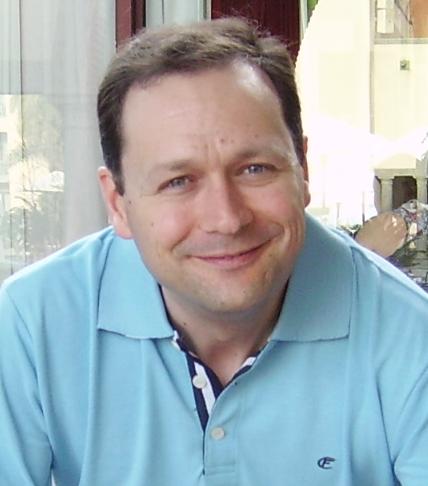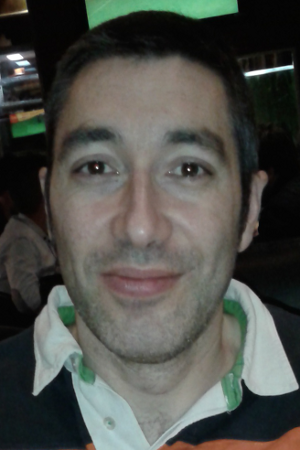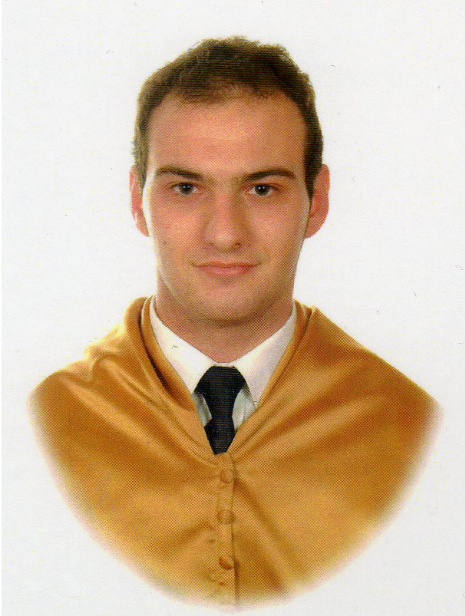Fundación CARTIF
Fundación CARTIF is a leading Spanish Applied Research Centre in terms of RTD and innovation activities. Created in 1994, CARTIF is formed up by 180 researchers. During the previous year CARTIF carried out over 74 projects, with a turnover of approximately 9M€. The Divisions of Robotics & Computer Vision and Energy Efficiency are joined to applying their expertise in the Construction field for INSITER, including: 2D/3D Imaging & Modelling (CAD/CAM/CAE/BIM); Mobile robotics; Automation; Energy efficiency; Energy assessment & KPI; ICT for the Construction sector; Building data gathering; Data interoperability; Software & Hardware tailored developments.
Main roles in INSITER
- T1.1, T1.2 and T1.3: Integration of measurement and diagnostic instruments with self-inspection methods, calculation models and analytical techniques for the components and the whole buildings; adapting innovations from smart manufacturing (FoF: Factories of the Future) to EeB; definition of KPIs and assessment scenarios.
- T2.1 and T2.2: Being a key research partner on improving and integrating of hardware instruments; providing measurement data as input for simulation models and Augmented Reality; communication interfaces and data gathering interoperability.
- T3.1 and T3.2: Connecting the firmware / middleware / software of the measurement and diagnostic instruments with the software tools for construction planning and monitoring; quality and performance assessment in common data formats.
- T4.1 and T4.2: Supporting BIM modelling and data inter-operability based on the inputs from measurement data and interfacing solutions between hardware and software in a common data model.
- T5.1, T5.2 and T5.3: Key partner in lab testing; deploying hardware instruments for self-inspection in field validations and demonstrations.
- T6.1, T6.2 and T6.3: Developing of training modules and being a linking-pin to other EU research projects –especially within the EU programmes of FoF and EeB– as well as towards the standardisation committees; publications in professional and scientific journals, workshops and presentations to academia and professional associations; contributing to the exploitation strategy.
- T7.2: Active participation in management and technical meetings; fulfilling of all obligations for reporting.
Key persons involved
Prof Dr Pedro M. Lerones (male), obtained his Degree in Applied Physics in 1997, with further specialization in the design of optical systems for non-contact measurement and 3D imaging. He obtained his PhD in 2007, and worked as Associate Professor in the Technical Hi-School of Engineering - University of Valladolid (Spain) between 2002 and 2011, teaching about 3D digitization and modelling to CAD/CAM. Dr. Lerones is currently Senior Researcher at Fundación CARTIF. Author or co-author of 32 scientific papers and specialized studies (including impact publications), has been participating in 26 national and international RTD projects and commercial contracts since the year 2000, mainly oriented to the application of digital technologies to Cultural Heritage and Construction. In addition, he is Evaluator of EU RTD proposals (Experts Database Code: EX2006C113308); Reviewer for international journals; Coordinator of the Socioeconomic Strategies and Tools of the Focus Area of Cultural Heritage (FACH) of the European Construction Technology Platform (ECTP); Member of the Spanish NCP for the JPI Cultural Heritage and Global Change; Collaborator of the initiative: Research for Future Infrastructure Networks in Europe (reFINE); and Founding member of the International Platform: Economic Value of Cultural Heritage (EVoCH). |  |
MEng David Olmedo Vélez (male), obtained his degree in Industrial Engineering (speciality in Electricity, Electronics and Automatics) in 2004, and the MEng degree also from the University of Valladolid (Spain) in 2007. He is researcher in the Robotics and Computer Vision Division of CARTIF since 2005, carrying out activities regarding computational intelligence, embedded and on-board sensing, thermographic imaging & analysis, and 3D reconstruction, all aimed at Building (including Heritage) and Infrastructure. |  |
MEng José Luis Hernández García (male), received the Telecommunication Engineer's Degree in 2008 and the MEng in the Electronics and Communications program in 2010, both from the University of Valladolid (Spain). He has been working in CARTIF since 2010 where he develops tasks related to R&D and project management in several European projects, such as 3EnCult, BaaS, Campus21, R2Cities and CITyFiED and has published more than 15 scientific articles in congresses and conferences. He has developed its career within the energy efficiency. In concrete, he has expertise in sensor networks: communication protocols, database technologies, data management, monitoring and control systems, automation networks, data interoperability and big-data. Regarding energy systems: solutions for energy efficiency (middleware, Building Energy Management Systems, control algorithms), integration of renewable energy resources in buildings, energy savings assessment (IPMVP, BREEAM, LEED) and retrofitting methodologies for historical buildings. Last but not least, about construction: integration and communication of BIM technologies and ICT systems, data models (IFC) and BIM data interoperability. |  |